In organic farming, the choice of natural and sustainable fertilizers is essential to promote plant health and soil fertility. There hornnail it stands out for being a versatile organic fertilizer, widely used in organic vegetable gardens and orchards. Obtained from a combination of natural raw materials and controlled decomposition processes, this fertilization offers a sustainable and highly effective solution to nourish the soil and promote plant health.
In this article, we will explore the nutritional properties of cornunghia, its production process and practical ways to use it in organic farming.
What is cornunghia?
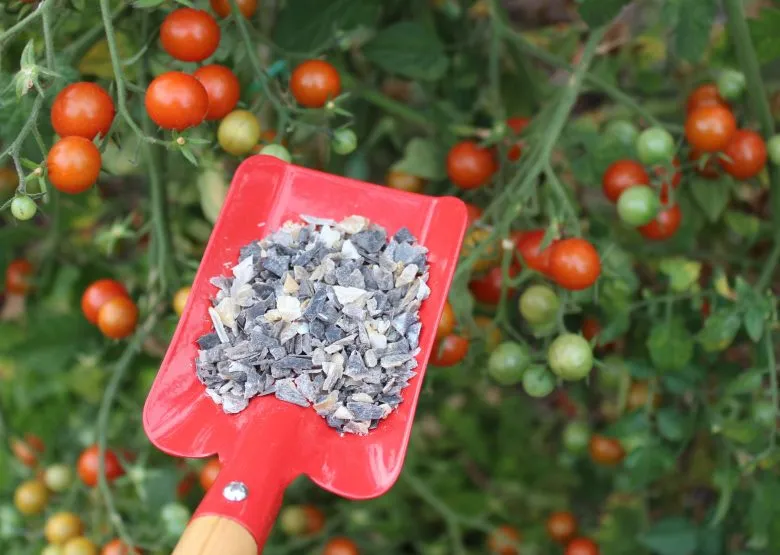
Cornunghia is an organic fertilizer obtained from a process of decomposition and composting of the horns and hooves of animals, generally cattle.
The production process of this fertilizer begins with the collection of horns and hooves from selected farms. These materials are then ground or comminuted to aid decomposition.
Subsequently, the horns and hooves are placed in compost heaps or pits together with other organic materials, such as straw, manure litter or vegetable waste. During the composting process, the natural decomposition of organic materials takes place thanks to the action of bacteria, fungi and other microorganisms present in the pile.
The heat generated by the microorganisms helps destroy potential pathogens present in the starting material. This process of decomposition and fermentation of the horns and hooves requires a variable period of time, usually several months, during which the biochemical reactions take place which transform the materials into a mature compost.
Once the decomposition and composting process is completed, the resulting cornunghia is a homogeneous product rich in nutrients, such as nitrogen, phosphorus and other micronutrients. This organic fertilizer can be used to improve soil fertility in organic vegetable gardens and orchards.
Cornunghia is valued for its ability to provide nutrients to plants in a gradual and long-term manner, contributing to improved soil structure and crop health.
What are the nutritional elements present in cornunghia?
Cornunghia contains several nutrients that are beneficial for plants. The main nutrients present are nitrogen (N) and phosphorus (P), to a lesser extent potassium (K), known as macroelements. Nitrogen, in particular, plays a vital role in the development of plant leaves and stems. It contributes to the formation of proteins, enzymes and chlorophyll, essential for growth and photosynthesis.
Phosphorus is also important, as it is involved in root formation, flowering and fruiting of plants. It is a key element for energy transfer within plants and plays an important role in carbohydrate and lipid metabolism.
In addition to these macronutrients, cornunghia also contains a number of essential plant micronutrients, such as zinc (Zn), iron (Fe), manganese (Mn) and others, which play crucial roles in plant metabolic processes.
Cornunghia is considered a slow-release organic fertilizer because the nutrients present in it are gradually released into the soil. This ensures plants have a constant supply of nutrients as they grow, reducing the risk of root burn or nutrient imbalance.
The slow-release effect of the cornungus is particularly beneficial because it provides plants with balanced nutrition over the course of several weeks or months, promoting healthy growth and reducing the need for frequent fertilizer applications.
For which crops is it most suitable as an organic fertilizer?
Cornunghia as an organic fertilizer is suitable for a wide range of crops, both vegetables and fruit plants. It can be used successfully in a variety of agricultural contexts, including home gardens, gardens, cultivated plots and organic farms.
Specifically, it is beneficial for vegetables such as: tomatoes, peppers, eggplant, zuchinis, cucumbers, salads, >cabbage, carrots, onions, garlic. The nutrients present in cornunghia favor vegetative growth, the formation of fruits and robust roots. It is also excellent for fruit trees, such as: apples, pears, peaches, cherries, apricots, plums and citrus. The nutrients provided by cornunghia promote plant health, flowering, fruiting and fruit quality.
This particular fertilizer can also be applied to berries, such as: strawberries, raspberries, blueberries, blackberries And currant. It helps stimulate vigorous plant growth and contributes to the production of high quality, juicy berries.
The cornunghia is also used to promote the growth of aromatic plants and herbs, such as: basil, parsley, thyme, rosemary, mint.
How to use the cornunghia?
The cornunghia is a dry fertilizer, which therefore does not give rise to fermentation and mold. It can be administered to the soil in various ways, depending on the needs of the plants and the cultivation practices.
First, it can be spread evenly over the surface of the soil around the plants and then lightly incorporated into the soil with a light rake or hoe. Cornunghia can also be mixed into the soil before sowing or transplanting plants. In this case, you can distribute the fertilizer on the surface of the soil and then use a tool such as the spade to work it in the soilmaking sure it is well mixed and evenly distributed.
For crops that require a higher dose of nutrients, such as fruit trees, planting holes can be dug and filled with a mixture of soil and horn. In this way, the nutrients will be concentrated near the roots of the plants.
Finally, it can be mixed with mature compost or other sources of organic matter before applying to soil. This helps to further enrich the compost and provides a more complete organic fertilizer for plants, as for example cornunghia is low in potassiumbut rich in nitrogen.
The cornunghia is easily found on sale in specialized shops.
When using as a fertilizer, it is important to follow the dosage directions recommended by the manufacturer. It is also good practice to apply it during the active growing season of plants so that nutrients are available to be absorbed and utilized effectively.

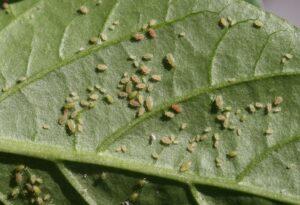

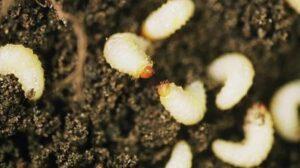
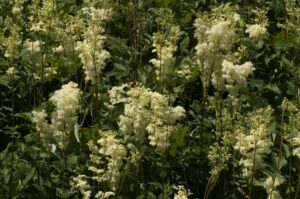
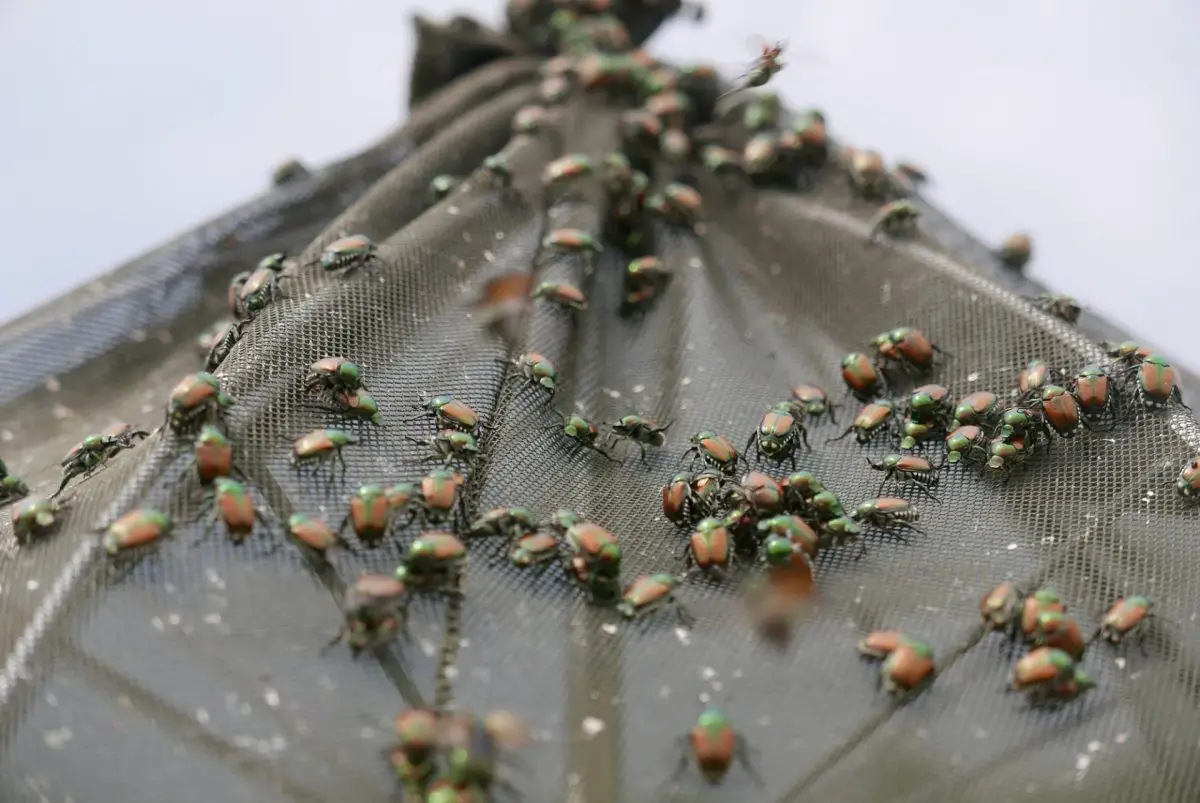
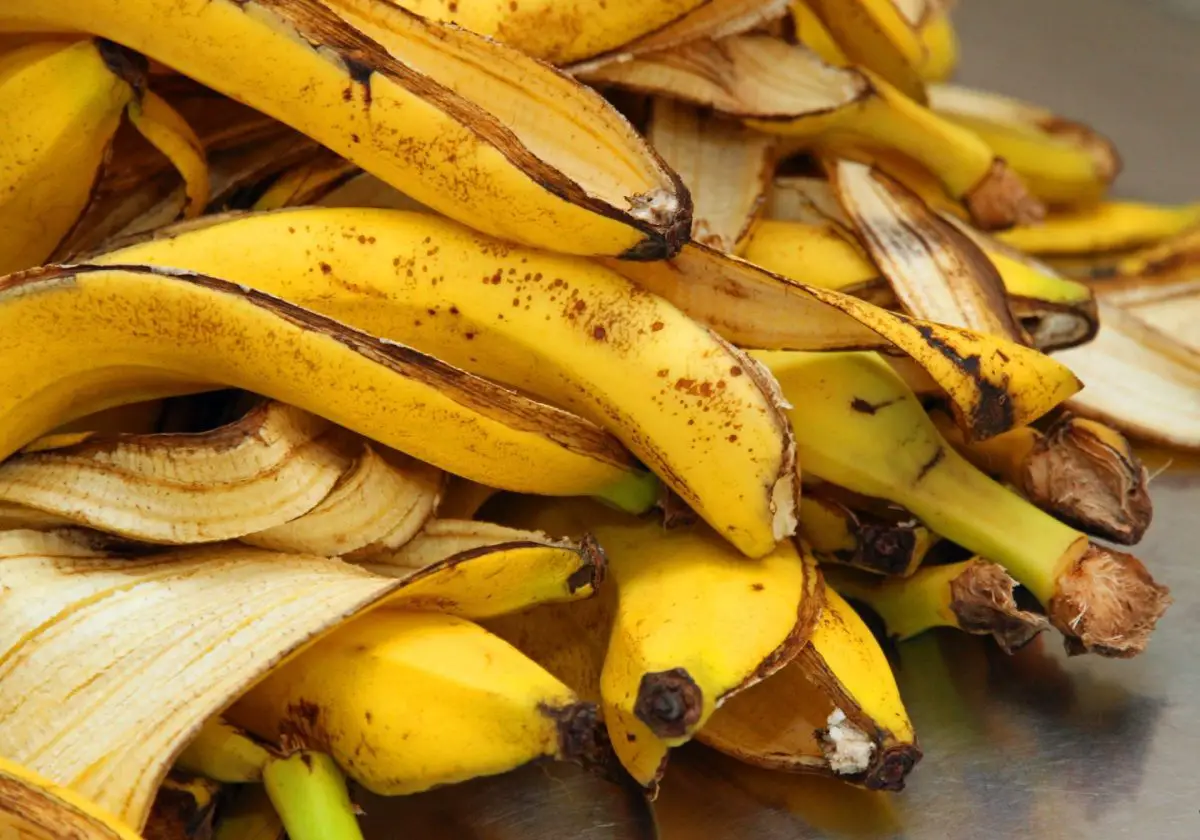
Start a new Thread